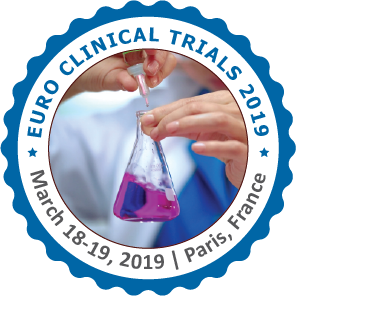Oznur Aglar
University of Potsdam, Germany
Title: Preparation of START domain of the ceramide transfer protein (CERT) for nuclear magnetic resonance
Biography
Biography: Oznur Aglar
Abstract
Ceramide, an important component in the metabolism of sphingolipids, plays a significant role in proliferation, and apoptosis of cells. De novo synthesis of ceramide takes place at the cytosolic surface of the endoplasmic reticulum (ER), and then, ceramide is transferred to the Golgi apparatus for conversion into sphingomyelin and glucosphingolipids, mainly by nonvesicular trafficking. Non-vesicular transport of ceramide is carried out by the ceramide transfer protein (CERT) that consists of peptidic motifs and multiple domains. The C-terminal (StAR)- related lipid transfer (START) domain is the most important domain given the fact that it is capable of extracting and accommodating ceramide in its deep hydrophobic cavity. CERT could be an attractive pharmacological target because of its involvement in common pathological processes such as Alzheimer's disease, infectious diseases and cancer. A well-known antagonist of CERT is -N-(3-hydroxy-1-hydroxymethyl-3-phenylpropyl) dodecanamide (HPA-12), however, there is only limited structure-activity relationship (SAR) data available. In this study, we aim to explore the interaction between CERT and HPA-12 to establish SAR of this compound class by nuclear magnetic resonance spectroscopy (NMR) in order to improve the inhibition activity of the ligand for a potential drug design. Herein, we optimized the established expression and purification protocols to get a good yield of the monomer of the START domain. In order to get an idea about the suitability of the protein of interest for ligand and receptor-based NMR experiments, the target protein was labeled with 15N and purified using an optimized three step purification method. The 15N labeled START domain’s monomer was used to record initial 1H - 15N HSQC and TROSY NMR spectra in phosphate buffer. Results of both HSQC and TROSY experiments were promising for further receptor based NMR experiments.

